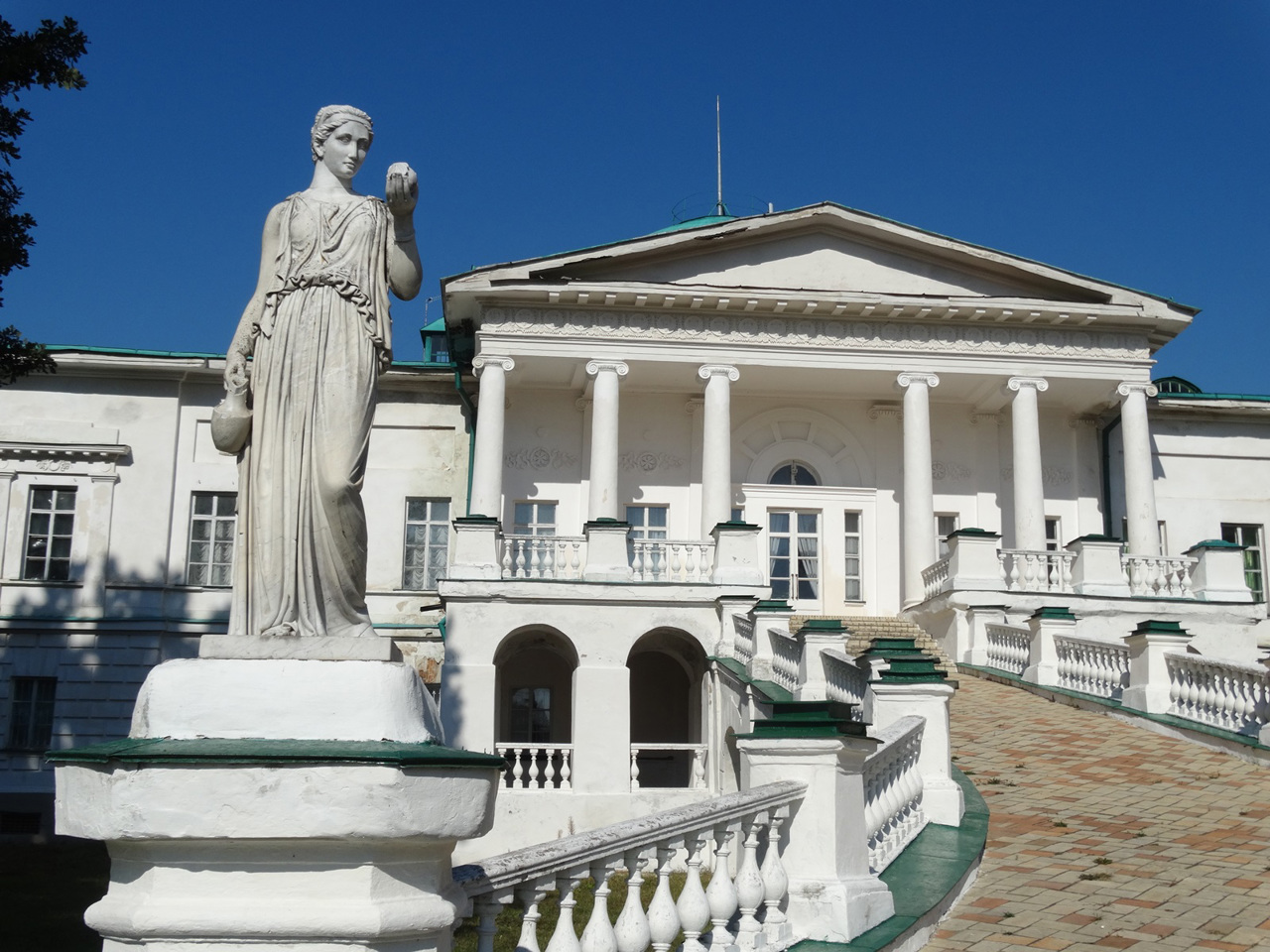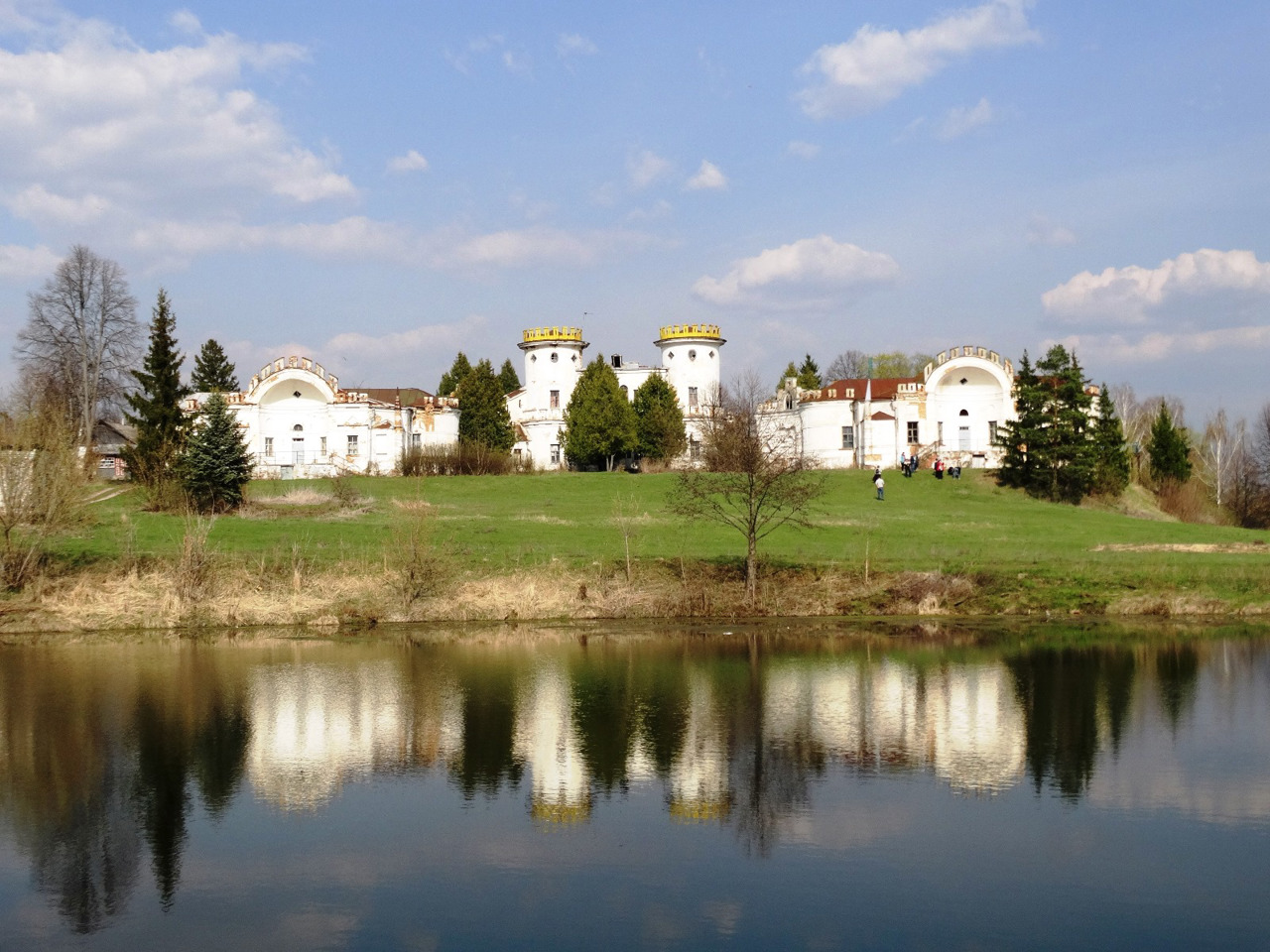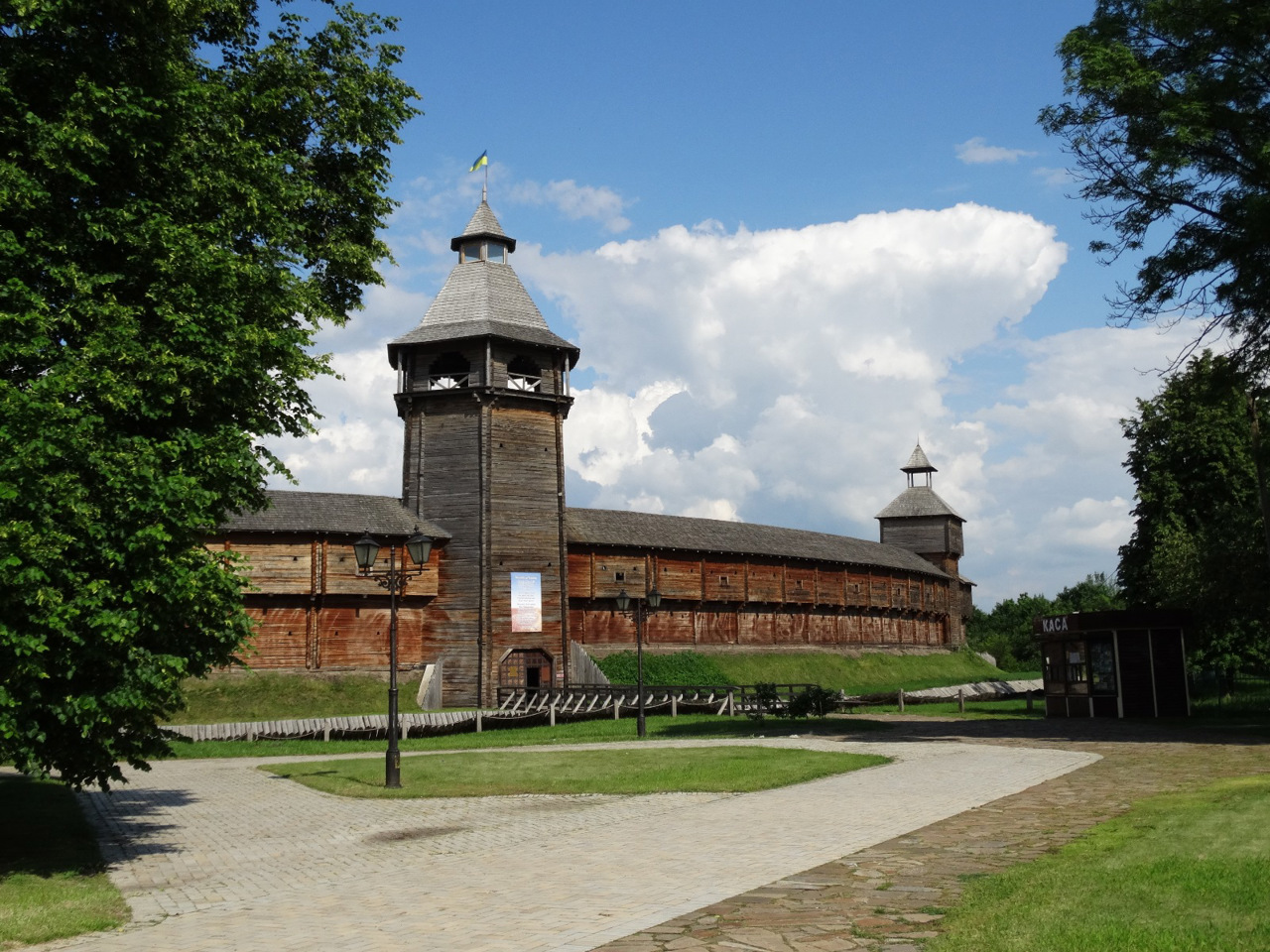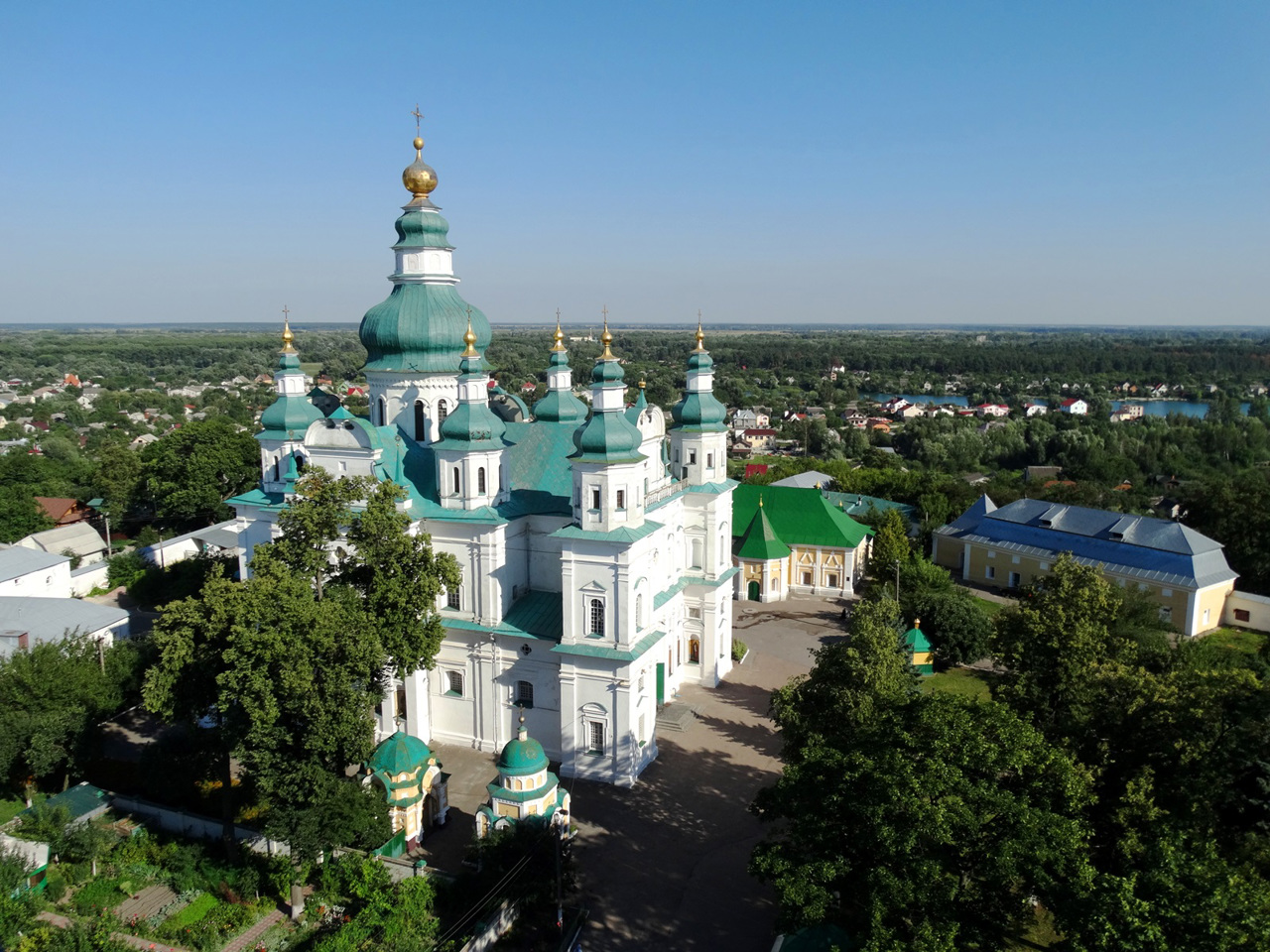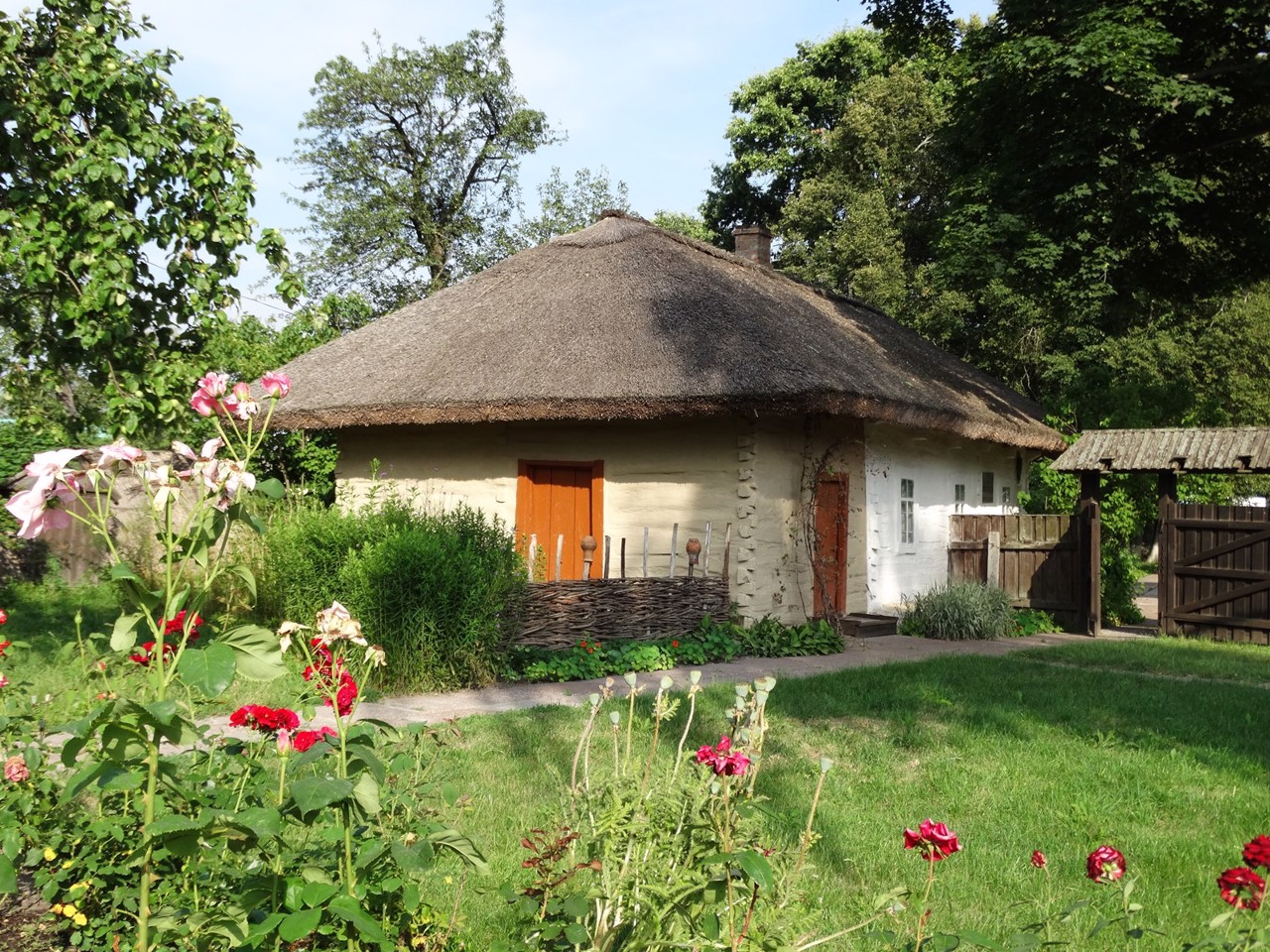Functional temporarily unavailable
Settlements
Chernihiv region
Cities and villages of
Chernihiv region
Online travel guide to the settlements of
Chernihiv region

Districts of Chernihiv region
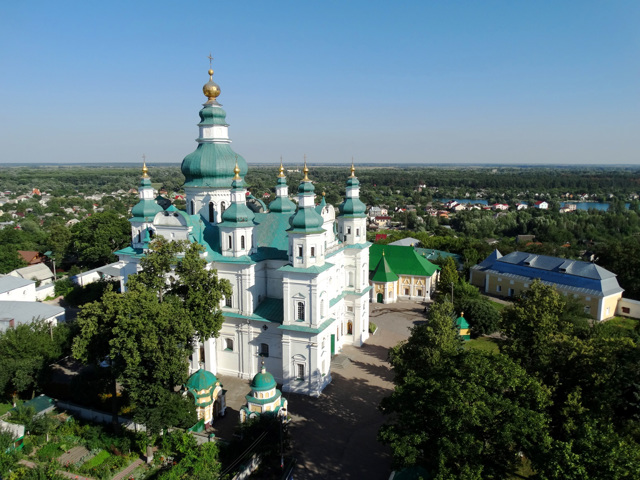
Chernihiv district
Chernihiv district (Chernihivskyi) is located in the north-western part of Chernihiv region, in the natural and ethnographic region of Chernihiv Polissya, on the historical lands of Sivershchyna. It borders Belarus in the north. The western border runs along the Dnipro River. The Desna River and its tributary Snov flow within the district.
Unusual natural objects in th... Read more
Chernihiv district (Chernihivskyi) is located in the north-western part of Chernihiv region, in the natural and ethnographic region of Chernihiv Polissya, on the historical lands of Sivershchyna. It borders Belarus in the north. The western border runs along the Dnipro River. The Desna River and its tributary Snov flow within the district.
Unusual natural objects in the district are the National Nature Park "Zalissia", created on the basis of hunting grounds of the state residence "Zalissia", the nature park "Beremytske", which recreates the wildlife of Chernihiv Polissya, as well as the safari park Dereville in the largest area. Ukraine Mizhrichynsky Regional Landscape Park.
The administrative center of Chernihivskyi district is the princely city of Chernihiv. The largest number of ancient Rus architectural structures of the pre-Mongol period have been preserved here: the Transfiguration Cathedral and the Borisohlibsky Cathedral on the territory of the Chernihivsky Val, the Pyatnytska Church, the Yeletsky Monastery and the Elijah's Church with Anthony's Caves. Attractions are also the Trinity-Elijah Monastery, St. Catherine's Church, Chernihiv Collegium on the Val. The main centers of culture are the Historical Museum. Vasyl Tarnovsky, Art Museum named after Hryhoriy Galagan, Mykhailo Kotsyubynsky Literary Memorial Museum-Reserve.
Other historical and cultural monuments of the district: Historical and Archaeological Museum Complex "Ancient Liubech", the estate of the Lyzohub family in Sedniv, the Cathedral of the Nativity of the Virgin in Kozelets, St. George's Church in Oster. In summer, the recreation area on the Blue Lakes in Oleshnia is very popular, where you can also visit the Historical and Memorial Museum of Sofia Rusova.
The area of the district is more than almost 10,250 square kilometers. The population of the district exceeds 460 thousand people.
Chernihiv district consists of 242 settlements, which are united in 20 territorial hromadas: Chernihivska, Horodnianska and Osterska city hromadas, Bereznianska, Honcharivska, Desnianska, Dobrianska, Kozeletska, Kulykivska, Liubetska, Mykhailo-Kotsiubynska, Olyshivska, Sednivska and Ripkynska settlement hromadas, Ivanivska, Kiptivska, Kyinska, Kyselivska, Novobilouska and Tupychivska village territorial hromadas.
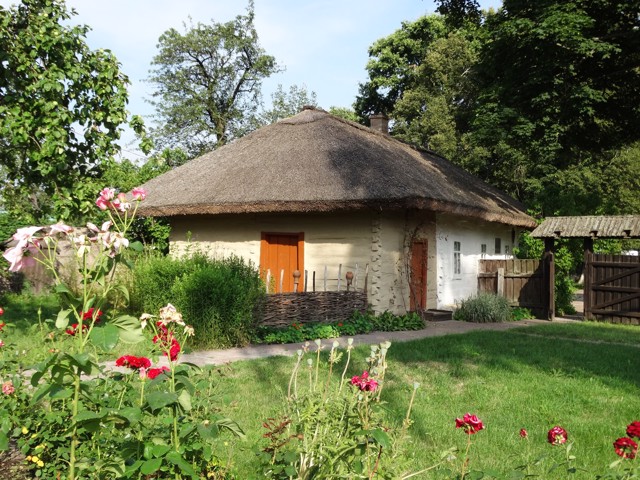
Koriukivka district
Koryukivka district (Koriukivskyi) is located in the central part of Chernihiv region, in the natural and ethnographic region of Chernihiv Polissya, on the historical lands of Sivershchyna. It borders Russia to the north. The rivers Desna, Snov and Ubid flow within the district.
The Halsky moss swamp is a hydrological natural monument of national importance.
Ther... Read more
Koryukivka district (Koriukivskyi) is located in the central part of Chernihiv region, in the natural and ethnographic region of Chernihiv Polissya, on the historical lands of Sivershchyna. It borders Russia to the north. The rivers Desna, Snov and Ubid flow within the district.
The Halsky moss swamp is a hydrological natural monument of national importance.
There are such historical and cultural monuments as the Sosnytsia Literary Memorial Museum of Oleksandr Dovzhenko, the Museum-Memorial Complex of Partisan Glory "Lisohrad", the monumental Church of the Intercession in Zhukla, several ancient wooden temples. The Mena Zoo of national significance is popular among Chernihiv residents.
The administrative center of Koriukivskyi district is the city of Koryukivka. The area of the district is almost 4580 square kilometers. The population of the district exceeds 90 thousand people.
Koryukivka district includes 218 settlements, which are united into 5 territorial hromadas: Koriukivska, Menska and Snovska city hromadas, Sosnytska and Kholmynska settlement territorial hromadas.
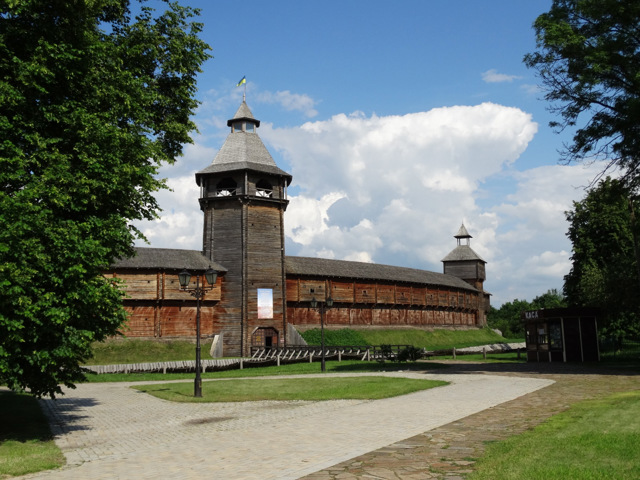
Nizhyn district
Nizhyn district (Nizhynskyi) is located in the central part of Chernihiv region, on the historical lands of Sivershchyna. The rivers Oster and Sejm flow within the district, the river Supiy originates, and the northern border runs through the Desna valley. Lake Trubin is a natural monument of national importance.
The administrative center of Nizhynskyi district is the ... Read more
Nizhyn district (Nizhynskyi) is located in the central part of Chernihiv region, on the historical lands of Sivershchyna. The rivers Oster and Sejm flow within the district, the river Supiy originates, and the northern border runs through the Desna valley. Lake Trubin is a natural monument of national importance.
The administrative center of Nizhynskyi district is the historic city of Nizhyn, which can be considered an open-air museum due to the fact that there are many architectural monuments: St. Nicholas Cathedral in the Ukrainian Baroque style, All Saints and St. Michael's Greek Churches, Annunciation Monastery, Church of St. John the Theologian, residential buildings of the Greek quarter. The Nizhyn Post Office Museum is housed in a historic 18th-century post office building. The Memorial House-Museum of the sailor Yuriy Lysyansky was recently opened. A whole complex of museums with an art gallery has Nizhyn State University - the former Nizhyn Gymnasium of Higher Sciences of Prince Bezborodko, where Mykola Hohol studied. Nizhyn's gastronomic brand is Nizhyn cucumber, preserved by the Mayak research station in Kruty and restored in production by the Nizhyn Cannery.
An important tourist center is also the National Historical and Cultural Reserve "Hetman's Capital" in Baturyn, where the palace of Hetman Kyrylo Rozumovsky and the Resurrection Church-tomb were restored, the citadel of the Baturyn fortress was reconstructed. The Memorial Complex "In Memory of the Heroes of Kruty" with a museum in ancient carriages is dedicated to the events of 1918. The tourist route "Artistic Estates of Chernihiv Region" includes the Zankiv Memorial Museum of Maria Zankovetska, the Panteleimon Kulish Historical and Memorial Museum-Reserve "Hannyna Pustyn", the Borznyansky Art Memorial Museum "The Estate of the People's Artist of Ukraine Oleksandr Saenko".
The area of the district is 7227 square kilometers. The population of the district reaches almost 230 thousand people.
The Nizhyn district includes 318 settlements, which are united in 17 territorial hromadas: Nizhynska, Baturynska, Bakhmatska, Bobrovytska, Borznianska and Nosivska city hromadas, Dmytrivska and Losynivska settlement hromadas, Vertiivska, Vysochanska, Komarivska, Krutivska, Makiivska, Mrynska, Novobasanska, Plyskivska and Talalaivska village territorial hromadas.
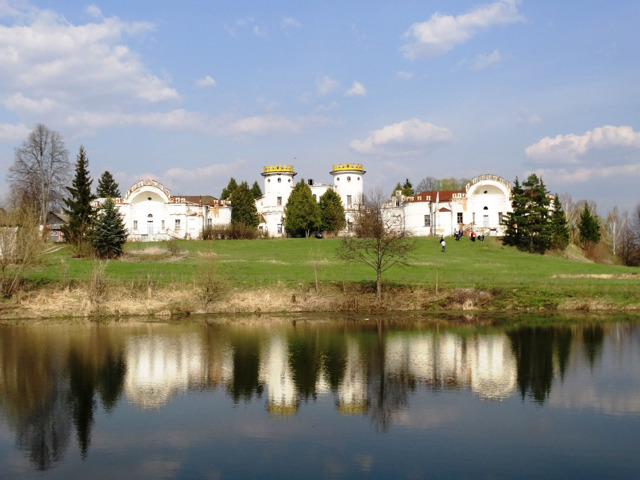
Novhorod-Siverskyi district
Novhorod-Siverskyi district is located in the north-eastern part of Chernihiv region, in the natural and ethnographic region of Chernihiv Polissya, on the historical lands of Sivershchyna. It borders Russia to the north. The Desna River flows on the territory of the district, the Ubid River originates.
The natural landscapes of the Desna and the surrounding forests are... Read more
Novhorod-Siverskyi district is located in the north-eastern part of Chernihiv region, in the natural and ethnographic region of Chernihiv Polissya, on the historical lands of Sivershchyna. It borders Russia to the north. The Desna River flows on the territory of the district, the Ubid River originates.
The natural landscapes of the Desna and the surrounding forests are protected by the Mezynsky National Nature Park, which includes the Rumyantsev-Zadunaisky Palace in Vyshenky, the Mykolayiv Desert-Rykhliv Monastery, and the Mezyn Paleolithic site.
The administrative center of the Novhorod-Siverskyi district is the chronicle city of Novhorod-Siverskyi - the ancient residence of Prince Ihor Svyatoslavich, the protagonist of "Words about the regiment of Ihor". The exposition of the Novhorod-Siverskyi Historical and Cultural Museum-Reserve "A Tale of Ihor's Regiment" on the territory of the Savior-Transfiguration Monastery is dedicated to this outstanding monument of ancient Rus literature. Also noteworthy are the Assumption Cathedral, the Church of St. Nicholas the Wonderworker, the Triumphal Arch, shopping malls, and some ancient administrative buildings. The city has a developed tourist infrastructure.
Also in the Novhorod-Siverskyi district there are such historical and cultural monuments as the Elijah's Church-Fortress and the Church of the Ascension in Korop, the Church of the Intercession in Dihtyarivka, the Trinity Church in Troitsky.
The area of the district is more than 4630 square kilometers. The population of the district reaches 66 thousand people.
The Novhorod-Siverskyi district consists of 222 settlements, which are united into 4 territorial hromadas: Novhorod-Siverska and Semenivska city hromadas, Koropska and Ponornytska settlement territorial hromadas.
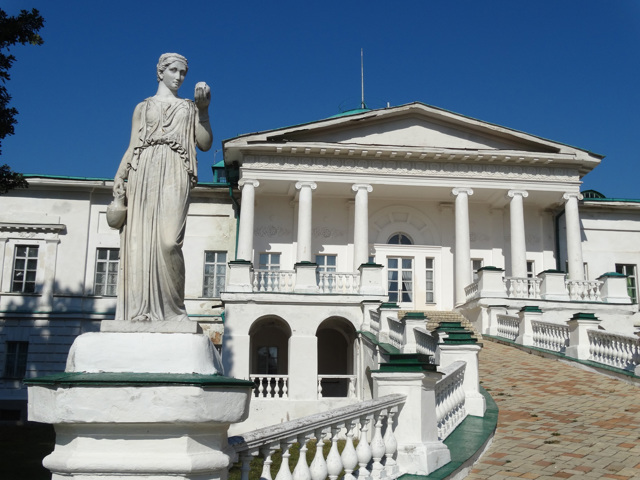
Pryluky district
Pryluky district (Prylutskyi) is located in the southern part of Chernihiv region, at the junction of historical and ethnographic regions of Chernihiv Polissya, Middle Dnipro and Slobozhanshchina. The Udai River flows within the district.
The nature of meadow steppes, oak-hornbeam forests and eutrophic swamps in the Udai basin is protected by the Ichnia National Nature... Read more
Pryluky district (Prylutskyi) is located in the southern part of Chernihiv region, at the junction of historical and ethnographic regions of Chernihiv Polissya, Middle Dnipro and Slobozhanshchina. The Udai River flows within the district.
The nature of meadow steppes, oak-hornbeam forests and eutrophic swamps in the Udai basin is protected by the Ichnia National Nature Park.
The most interesting palace and park complexes of Chernihiv region are located in Pryluky district: Kachanivka National Historical and Cultural Reserve with Tarnovsky Palace and Kachanivsky Park, Trostyanets State Dendrological Park of the National Academy of Sciences of Ukraine on the site of Skoropadsky estate, Sokyrynsky architectural and park complex with Galagan Palace and Sokyrynsky Park.
The administrative center of Prylutskyi district is the city of Pryluky. There are such historical and cultural monuments as the Transfiguration Cathedral with the Church of St. Nicholas, the Cathedral of the Nativity of the Blessed Virgin, the "Arsenal of Galagan", Brodsky Theater. Nearby is the Holy Trinity Monastery in Hustyn with the burials of the Repnins. The Mykola Kostomarov Estate Museum is located near Pryluky, and Levko Revutsky's Irzhavets Museum-Estate is located near Parafiivka.
The area of the district is almost 5215 square kilometers. The population of the district reaches 160 thousand people.
The Pryluky district consists of 280 settlements, which are united into 11 territorial hromadas: Prylutska and Ichnianska city hromadas, Varvynska, Ladanska, Lynovytska, Malodivytska, Parafiivska, Sribnianska and Talalaivska settlement hromadas, Sukhopolovyanska and Yablunivska village territorial hromadas.
